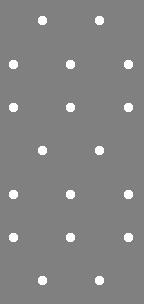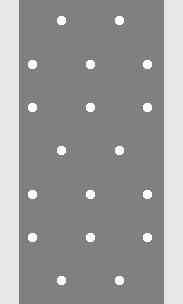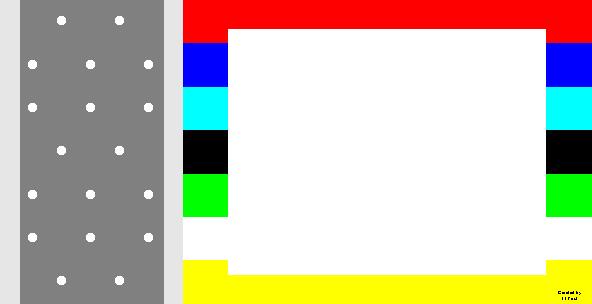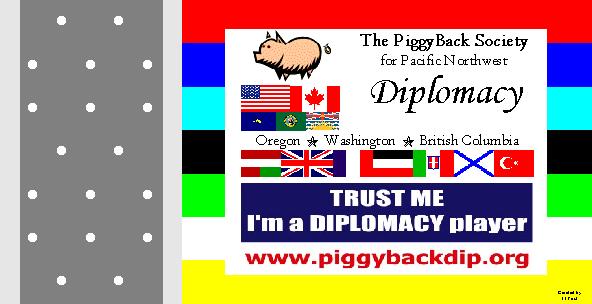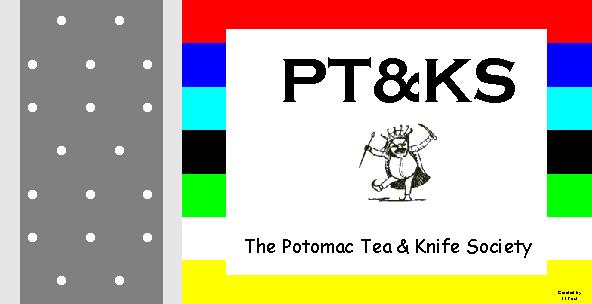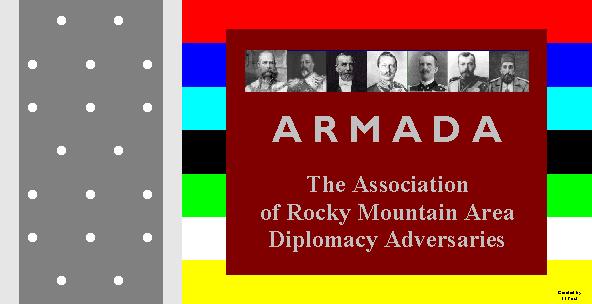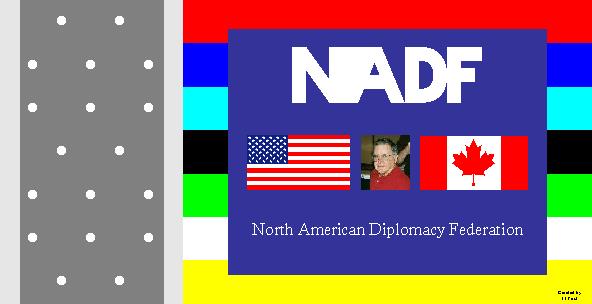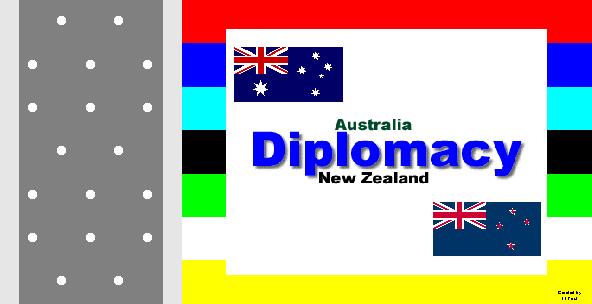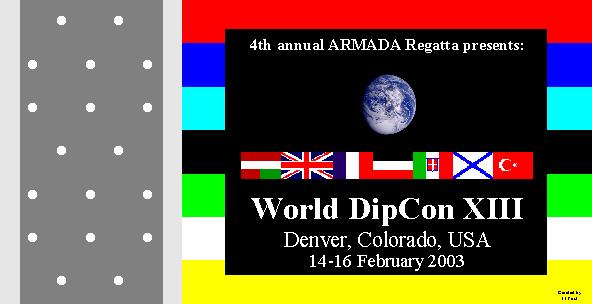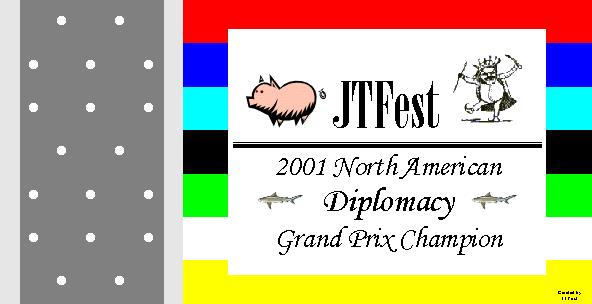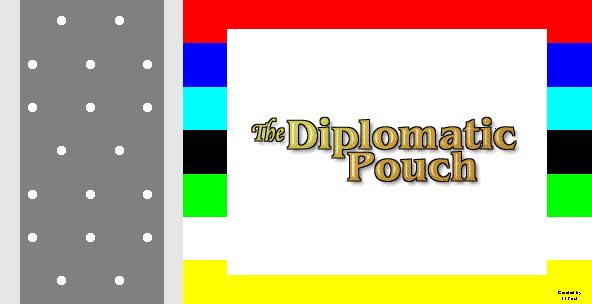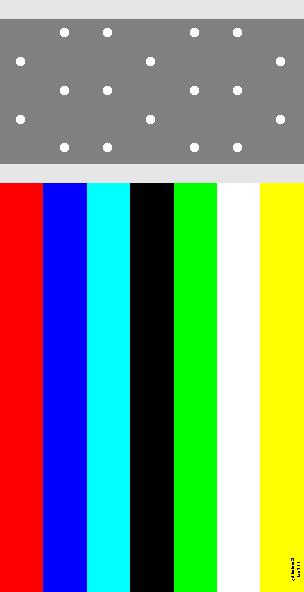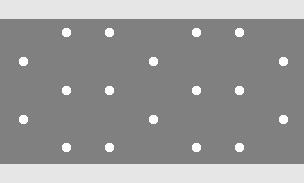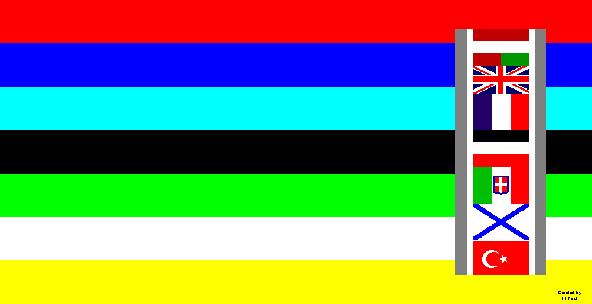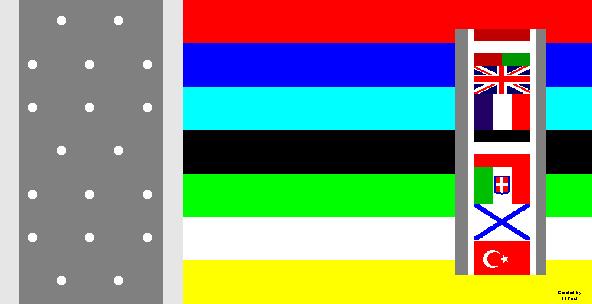|
Comedian Eddie Izzard does a very funny routine about how the British created an empire with "the cunning use of flags." When they would run into a population who lived in an area that the British wanted to colonize, they would simply ask:
I began to think that maybe this is exactly what our little hobby of Diplomacy needs to create in order to get to the next level. Maybe, just maybe, we need a flag. So I embarked on a mission to create one, and I present the fruits of my labor to a candid world. The Hoist |
|
|
For those of you among us who are not professional vexillologists (one who practices vexillology, or the study of flags), let me begin by stating that flags are distinguished by certain characteristics. The left side of a flag nearest the staff (or pole) is known as the 'hoist,' and is usually the area where a canton, or special design, is set. For example, the Union (the blue field with the white stars) on the United States flag is a canton located on the upper part (or 'Honor Point') of the hoist. My first decision was that the hoist of the Diplomacy flag would be a field of color. The question was; what color? I ruled out the obvious seven because I was saving them for a different part of the flag, so I did a web search for colors and their meanings and came across a site that listed a range of colors with some very detailed meanings assigned to each. There was one color, however, that did not have much detail. Instead, all the explanation that was offered was: Gray (RGB = 128, 128, 128) My search was over. The hoist would be a field of gray, as displayed to the right: |
 |
|
But I wanted some symbolism on the hoist as well, something like the stars on the Union. Stars, of course, would not do, as I was trying to create an international Diplomacy Standard; and what do Dip players care about stars anyway? We don't want no stinkin' stars. We want dots! How many dots do we want? Say it with me: Eighteen. What color? Well, the color 'white' was described as "the highest of all colors, angelic in nature." Therefore, the hoist would be a field of gray with eighteen white dots. I decided to arrange the dots in line with another significant number in Diplomacy: Seven. I found that seven rows of dots totaling eighteen, arranged as 2-3-3-2-3-3-2 made for a very interesting visual pattern. They seemed to weave together almost in a vertical infinity sign, and appeared to surround each other in a flowing intricacy. This, to me, represented the infinite and intricate patterns of negotiation in the game, so the hoist was now a field of gray with eighteen white dots arranged in seven rows of 2-3-3-2-3-3-2, as displayed to the right:
|
|
|
But something was still missing. I needed something to set the hoist apart visually from both the staff and the remainder of the flag. To this end, I placed two vertical bars of the lightest, almost white, gray. Not only did it achieve the visual effect I was looking for, it simultaneously presented some very appropriate symbolism. When I looked at it, I thought of the bars as 'bodyguards,' and was reminded of Churchill's famous words:
So the final hoist would be a gray field with seven rows of eighteen white dots bordered by two vertical light gray (almost white) 'bodyguards of lies' as displayed to the right: Having completed the hoist, I decided that this part of the flag would forever be known as the 'Solo.' |
|
The Fly |
|
|
Returning to our vexillology lesson, the right side of a flag is called the 'fly.' To be honest, I didn't struggle too long with this part of the design. Seven broad stripes offset from the seven rows of dots on the hoist, arranged in the AEFGIRT pattern (Austria, England, France, Germany, Italy, Russia, Turkey) and colored accordingly (red, blue, teal, black, green, white, yellow) would constitute the fly and complete the flag. Consisting of the Solo on the hoist and the AEFGIRT on the fly, and named the "Diplomacy Standard," our flag appears as below:
Those of you with keen vision might notice that there is some very small lettering on the fly side of the Turkish stripe. To save you from trying to find your magnifying glass, the lettering appears below in larger face:
JT Fest Though not an official vexillology term, I call this the 'ego.' It is the part of the flag that not only forever renders design credit unto Caesar (so to speak), but it stands to represent the ego that all Diplomacy players must have to pursue the hobby.
|
|
Differencing the Diplomacy StandardIn order to allow for true universal use of the Diplomacy Standard, a uniform method of 'differencing' is required. 'Differencing' is a vexillology term that refers to a flag that is designed as a variation of another flag, the purpose being to establish an independent identity while acknowledging close cultural, historical, or geographic ties. For example, individual clubs, organizations, or events may wish to use the Diplomacy Standard, but may not wish to sacrifice their identity. Differencing is usually accomplished by 'defacing' a flag. Note that in vexillology the term 'defacing' does not have the vandalism connotations with which it is usually associated. Rather it is simply a means of differencing by changing or adding something to a flag. Often differencing is accomplished by adding a 'charge,' which can be a design or an emblem, or anything else that is superimposed on the field of a flag (the 'field' being anywhere between the hoist and the fly). Differencing for the Diplomacy Standard would be allowed by adding a charge to the AEFGIRT, consisting of a rectangular 'device' (vexillology-speak for an emblem or design) that runs from the lower third of the Austrian stripe to the upper third of the Turkish stripe, and from the Solo to the fly spanning 7/9ths of the AEFGIRT (consistent with the '7' theme). A Diplomacy Standard with a blank device would appear as below:
But, of course, the device is not intended to be blank. Within the area provide by the device, the Diplomacy Standard may be differenced by any manner of color, graphics, or wording. This allows the differencing of the Diplomacy Standard for clubs, organizations, events, or even personal use. Just to demonstrate some examples of how this may be done, lets take a look at a possible differenced Diplomacy Standard for the regional club in which I hold membership; the PiggyBack Society for Pacific Northwest Diplomacy (AKA: the PiggyBackers). We are known by our "Trust Me" motto and our excellent website . So perhaps our differenced Diplomacy Standard may appear as below:
On the other hand, our club's big brothers on the east coast (lovingly referred to as the 'Pitkissers') may use a Diplomacy Standard that is differenced as below:
And for Manus Hand and all of you out there sailing the Rockies with him, ARMADA might choose to difference as below:
But let's not forget about organizations, such as the North American Diplomacy Federation, whose differenced Diplomacy Standard may appear as below (though the picture of Buz is really very optional):
Or our overseas DAANZ colleagues, who may difference the Diplomacy Standard as below:
Any manner of differencing may be accomplished this way, including differencing for an event, such as the upcoming World DipCon XIII to be held in Denver in 2003. Such a differenced Diplomacy Standard may appear as below:
And the Diplomacy Standard may also be differenced for personal use. For example, were I to design a differenced Diplomacy Standard for myself, I might want to indicate my local club (the PiggyBackers), my honorary membership in the Pitkissers, and my claim to Diplomacy fame, the 2001 North American Grand Prix championship title. So my personal Diplomacy Standard may appear as below:
And, before we move off topic, let's not forget the differenced Diplomacy Standard for the host site of this zine, which may appear as below:
Use of the Diplomacy StandardThe designer of the Diplomacy Standard (c'est moi) grants free use and distribution of the design, provided that it is not used for commercial purposes without just compensation. To maintain uniformity of the design, however, the following guidelines must be adhered to:
So, there you have it. My gift to the hobby: the Diplomacy Standard with allowances for differencing, and provisions for Battle flag, Vexilloid, Ceremonial flag, and Top Board. We are now safe from British rule. Please feel free to contact me if you have any questions or require any assistance with displaying the flag, and long may she wave!
|
|
|
JT Fest ([email protected]) If you wish to e-mail feedback on this article to the author, click on the letter above. |
|


